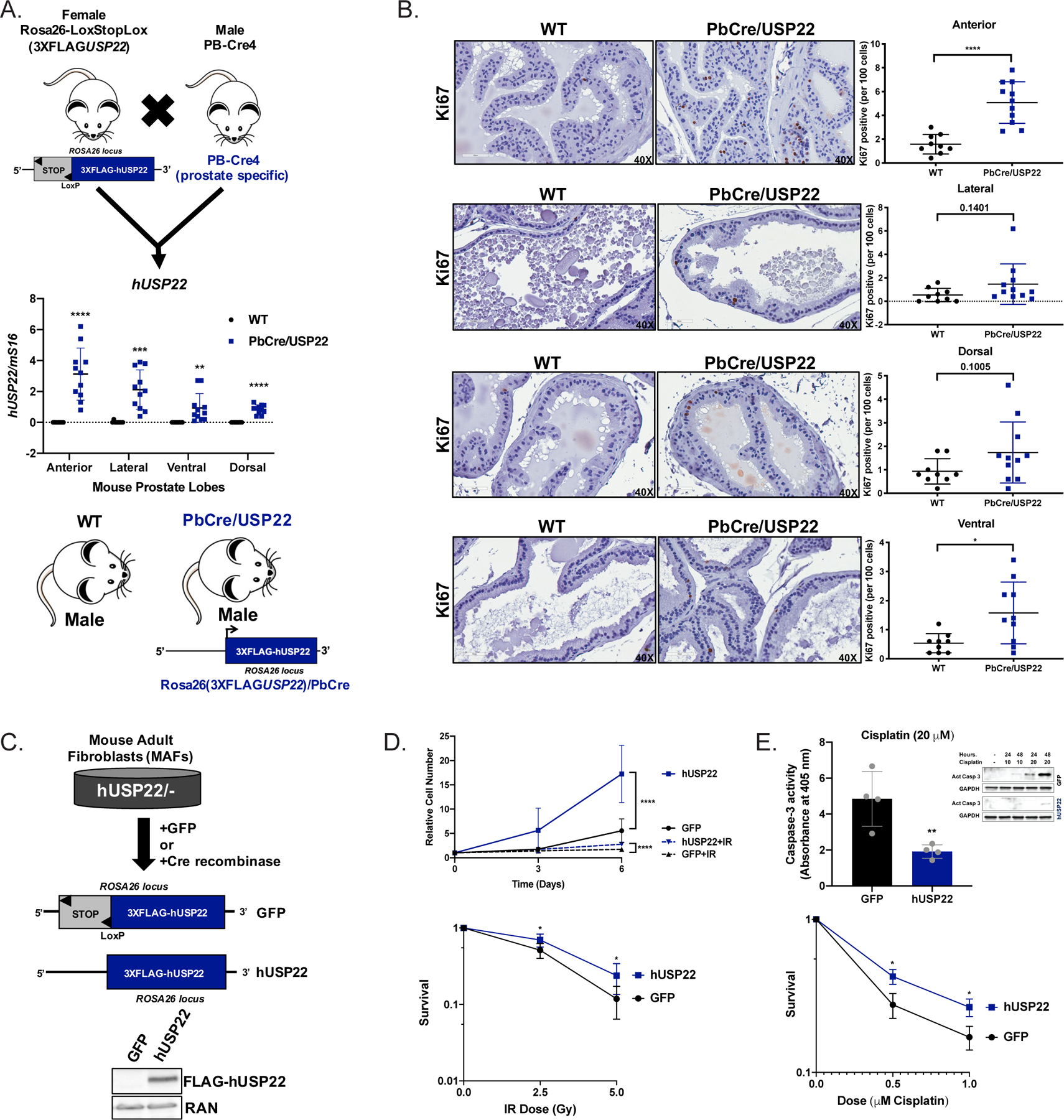Figure 3. Human USP22 expression confers a hyperproliferative phenotype in vivo and a survival advantage to genotoxic insult.

(A) Female heterozygous mice with human USP22 in the Rosa26 locus (Rosa26-Lox-Stop-Lox(3XFLAGUSP22)) were crossed with male prostate-specific probasin cre recombinase mice (PB-Cre4) to produce offspring with no expression of hUSP22 (WT) or with expression of hUSP22 (PbCre/USP22). Mice were aged at least 12 months and their prostate lobes were micro-dissected to detect expression of hUSP22 RNA (WT N=9; Pb-Cre/USP22 N=11). Student’s t-test. (B) The prostate lobes of WT and PbCre/USP22 mice aged at least 12 months underwent IHC analysis for Ki67. Representative images are shown at 40X and quantitative analysis are shown to the right (WT N=9; Pb-Cre/USP22 N=10). Student’s t-test. (C) Mouse adult fibroblasts (MAFs) from a male heterozygous mouse with human USP22 in the Rosa26 locus (Rosa26-Lox-Stop-Lox(3XFLAGUSP22)) were immortalized and then transduced with GFP control (GFP) or cre recombinase (hUSP22) to induce expression of hUSP22. (D) GFP or hUSP22 MAFs were plated for proliferation or survival assays and were treated with vehicle (N=5) or 5Gy irradiation (N=4) and measured using pico green fluorescence on Day 0, 3, and 6. Survival assays were plated and then treated on Day 0 with the designated dose of IR (N=6). (E) GFP or hUSP22 MAFs were plated for survival (N=3) or caspase-3 activity assays/western blot and treated with the indicated dose of cisplatin on Day 0. Student’s t-test. *p<0.05, **p<0.01, ***p<0.001, ****p<0.0001
